.jpg)
Japanese Unit 731 Museum All You Need To Know About Visiting (2021) Koryo Tours
Unit 731 received state-of-the-art equipment and a nearly unlimited supply of funds from the Japanese government. Even for reluctant researchers Ishii's factories were luxurious. The annual budget for Unit 731 was ten million yen (about nine billion yen in the modern currency, or about $86 million). Salaries were very generous, and the food.

unit 731 documentary news Monarex Hollywood
Unit 731 was a covert biological and chemical warfare research and development wing of the Imperial Japanese Army that undertook lethal human experimentation during the Second Sino-Japanese War.

Unit 731 (Escuadrón 731) — Viaja, descubre, experimenta
Unit 731 was a covert biological and chemical warfare research and development unit of the Imperial Japanese Army that undertook lethal human experimentation during the Second Sino-Japanese War (1937-1945) and World War II. It was responsible for some of the most notorious war crimes carried out by Japanese personnel.

Unit 731 (Escuadrón 731) — Viaja, descubre, experimenta
Unit 731 (731部隊), based in the Pingfang district of Harbin and led by the infamous Japanese microbiologist Shiro Ishii, was a covert biological warfare research and development unit of the Imperial Japanese Army that undertook human experimentation during the Second Sino-Japanese War (1937-1945) and World War II.
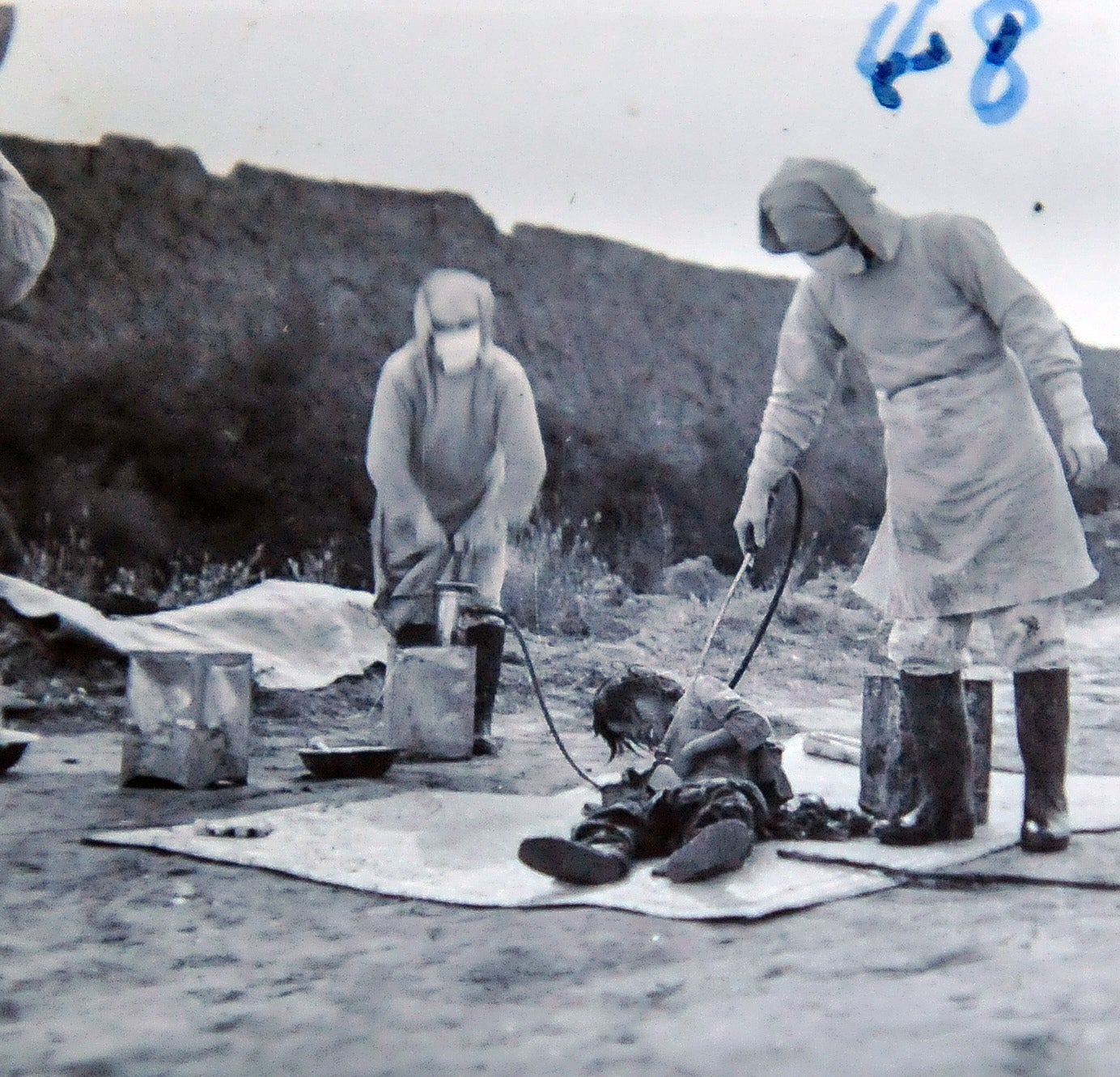
11 Secret Weapons Developed By Japan During World War II Gizmodo Australia
Unit 731 and Unit 100 were the two biological warfare research centres set up in spite of the Geneva Protocol of 1925 banning biological and chemical warfare. Led by Lieutenant-General Ishii Shiro, 3,000 Japanese researchers working at Unit 731's headquarters in Harbin infected live human beings with diseases such as the plague and anthrax.

A horrifying place of suffering and death called Unit 731
Unit 731 (731部隊) led by Japanese microbiologist Shiro Ishii, was a covert biological warfare research and development unit of the Imperial Japanese Army that undertook human experimentation mainly on Chinese, Koreans, and Russians, during the Second Sino-Japanese War (1937-1945) and World War II.

Unit 731 ruins and sites of Japanese army seen in Harbin People's Daily Online
This gallery features photos of Harbin's Unit 731 museum. Harbin Photo Gallery - Unit 731 Museum . Like Korea, northeastern China was colonized by Japan in the lead-up to a full-blown invasion during World War II. The germ warfare unit of the Japanese army, the 731, established a research and testing facility in Harbin's outskirts, where they.
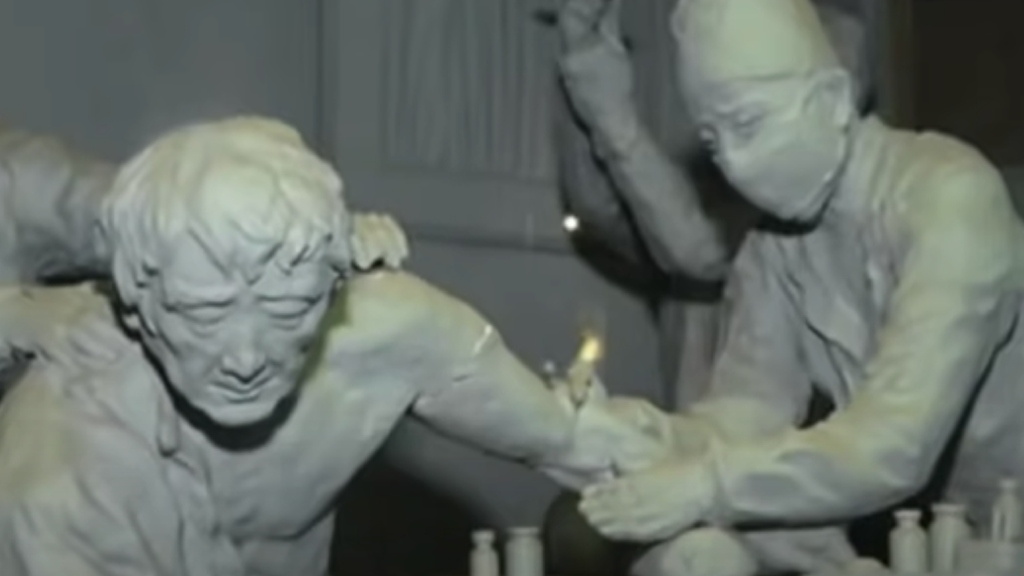
Chinese discovery of WWII bunker of Japanese scientists may lead to new war crimes evidence
Xinhua via Getty Images Unit 731 personnel conduct a bacteriological trial upon a test subject in Nongan County of northeast China's Jilin Province. November 1940. Following the invasion of Manchuria in 1931 and the establishment of the puppet client state Manchukuo shortly thereafter, Japan utilized the region's resources to fuel its.
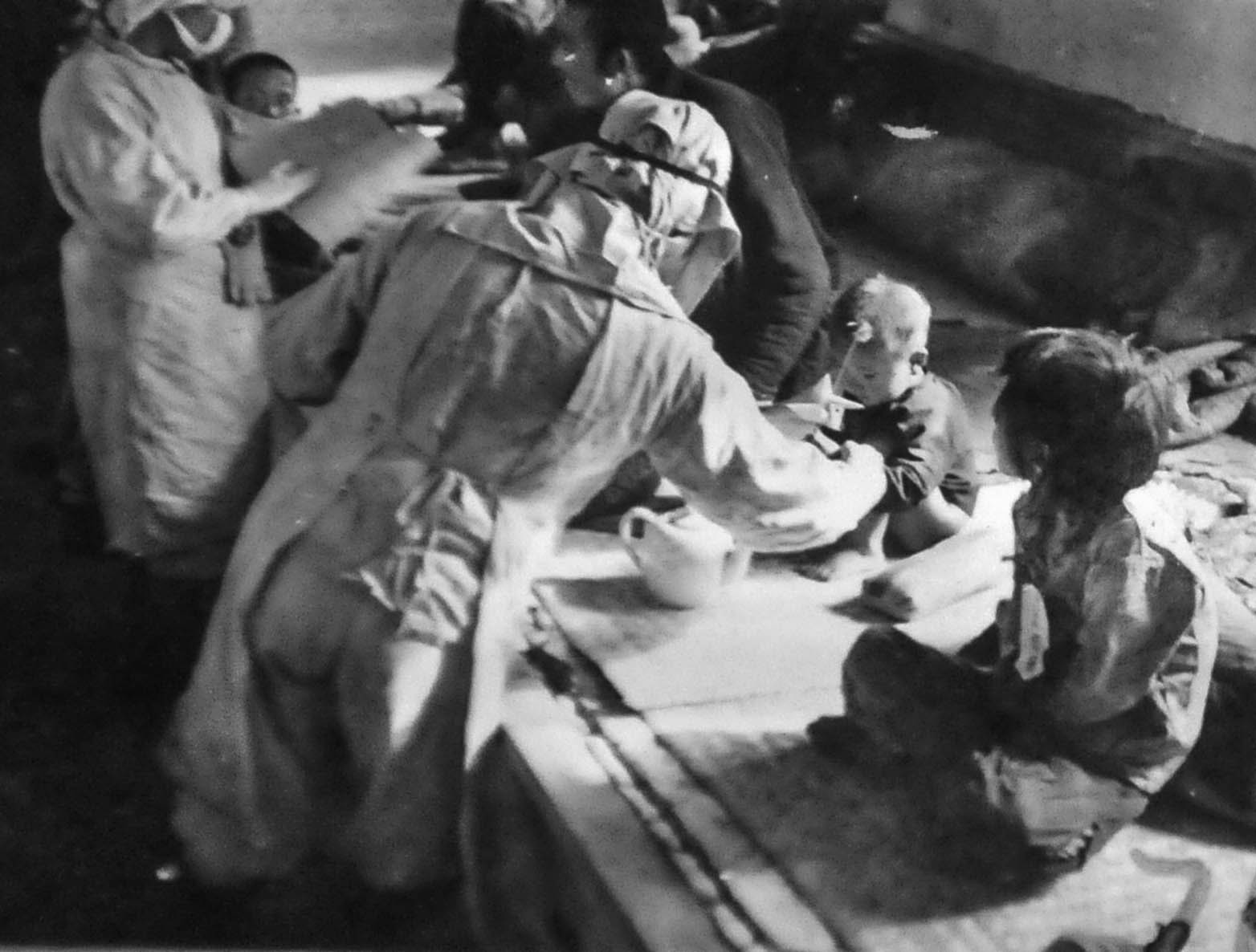
Japan's Unit 731 Performed Ghastly Experiments on Human Guinea Pigs
Nobody shut Ishii down. Instead, his project was expanded into Unit 731 by August 1940. Human test subjects were injected with cholera, typhoid, and the bubonic plague, while others were left out in the cold so that they could watch how the frostbite killed them.

of the boiler building at the former complex site of the Unit 731 Unit 731, War crime, The
Unit 731, Japan's biological warfare program, was formed in 1932 under the leadership of the notorious Gen. Shiro Ishii, chief medical officer of the Japanese army.Based in Japanese-occupied.

Unit 731 Imperial Japan's Horrific Experiments YouTube
Browse 109 unit 731 photos and images available, or start a new search to explore more photos and images. Showing Editorial results for unit 731. Search instead in Creative? Browse Getty Images' premium collection of high-quality, authentic Unit 731 photos & royalty-free pictures, taken by professional Getty Images photographers.

"Unit 731" (a film about WWII & secret human experimentation) Monarex Hollywood
Unit 731 was responsible for some of the most notorious war crimes committed by the Japanese army. It conducted biological experiments on Chinese and Russian prisoners and developed bacterial weapons.
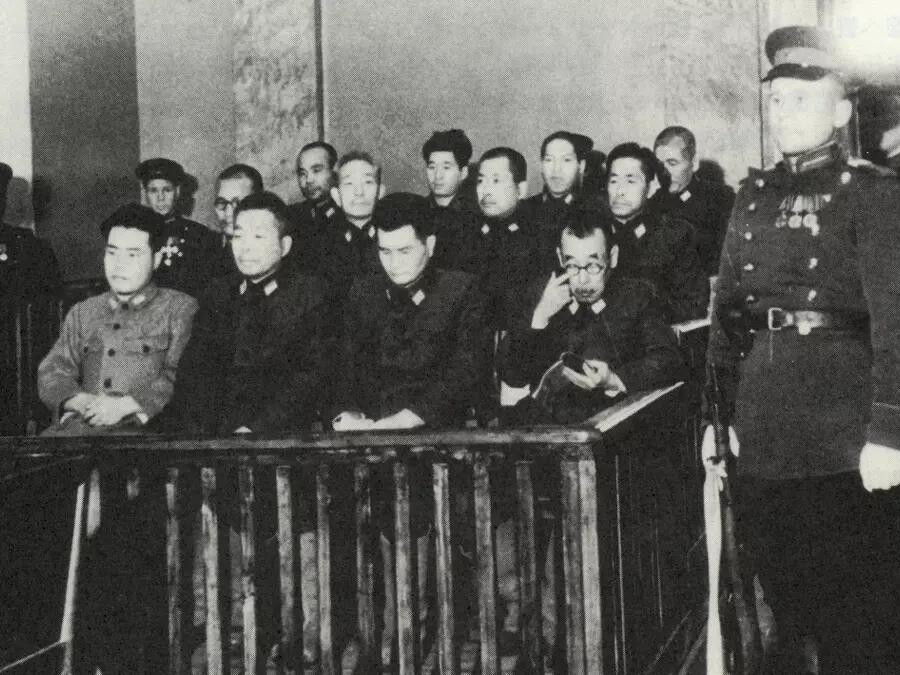
Unit 731 Medical Atrocities in Wartime EastAsia An Exhibit at Robarts Library The Munk School
Inside Unit 731, Japan's Disturbing Human Experiments Program During World War II By Richard Stockton | Edited By John Kuroski Published May 14, 2023 Updated June 7, 2023 These six "experiments" by Unit 731 rank among some of the most horrifying war crimes ever committed — and they went virtually unpunished.
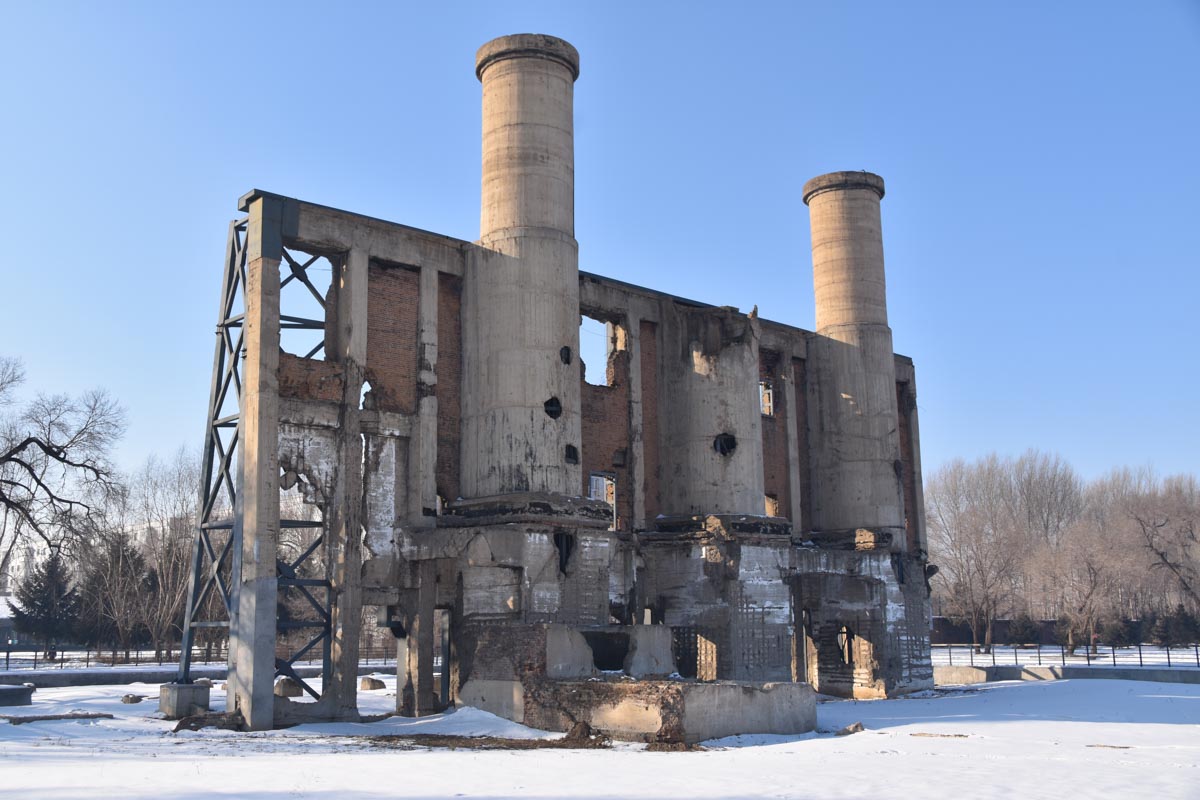
Unit 731 Museum, Harbin One of the Worst Atrocities
The US plane, part of the 29th Bomb Group, 6th Bomb Squadron, had been returning to its base in Guam from a bombing mission against a Japanese airfield. One of the estimated 12 crew died when the.

The Truly Horrific Experiments And Reality of Unit 731 UFO Insight
The Museum of War Crime Evidence by Japanese Army Unit 731, which opened on Aug. 15, is bolder in intent than the older, adjacent museum that it incorporates and replaces and, according to museum officials, has attracted large crowds of visitors.

Unit 731 (2015) IMDb
The truth is that Japan's Unit 731 committed some of the most heinous war crimes ever. Thousands of prisoners were killed in cruel human experiments at Unit 731, which was based near the northeastern China city of Harbin, north of the Korean peninsula and on a border with Russia.